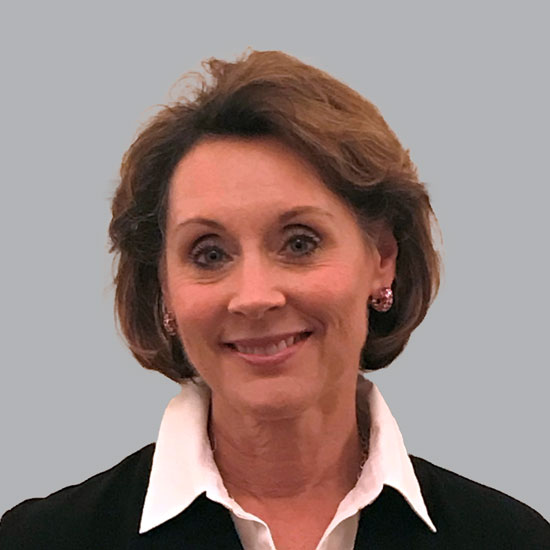Does Your Institution Need a DXO?
Former Analyst

Donor participation across all giving levels, along with donor retention, is decreasing. Advancement teams are familiar with this disheartening reality—but the solution remains unclear and unsettling. Could donor experience officers (DXOs) play a role in resolving this dilemma, informing a new era of donor engagement and establishing new streams of giving?
The Current State of Advancement
Generally, donor participation has declined significantly in the past decade, with a sharp 10 percent drop reported in 2022 alone, according to research on nonprofit fundraising from the Fundraising Effectiveness Project (FEP). The trend has continued into Q1 of 2023, with a reduction in donors and dollars given across all donor types and a particularly steep decline in donors making gifts over $5,000, which previously had compensated for overall decreases in donor participation. Furthermore, donor retention across all categories also fell in Q1 of 2023, with recaptured donor retention dropping by almost 20 percent. This decline has been compounded by a nearly 20 percent decrease in new donor participation, with new donors giving 34 percent less.
These giving trends reiterate the urgent need for institutions to reassess and adapt their donor retention and engagement strategies to reach individuals outside of their traditional donor pool and major gift solicitations.
What Is a Donor Experience Officer (DXO)?
A donor experience officer is a higher education advancement team member who is responsible for engaging with and cultivating the next generation of donors through personalized digital engagement and relationship-building activities catered to specific donor interests. The DXO role, sometimes called a digital gift officer, emerged as a positive evolution from the pandemic when gift officers were able to achieve success using a digital-first approach.
Why are DXOs Needed in Advancement?
Historically, higher education advancement has focused on donors that fall in the top 5% of their total donor base for major gifts and the larger university community for small, one-off annual fund gifts. As previously noted, this is problematic due to a shrinking donor pool and low donor participation, especially among young alumni. A DXO can help uncover previously untapped opportunities for recent alumni and mid-level donors who may have the ability to make significant contributions over their lifetime or as they advance in their careers. Cultivating relationships with mid-level donors earlier offers the potential to develop them into major gift donors down the road.
Because DXOs focus on cultivating relationships digitally with previously untapped donors, particularly with overlooked prospects, and developing qualified major gift referrals, they can play a critical role in achieving an institution’s annual giving goals and long-term fundraising objectives.
The Role, Responsibilities, and Qualifications of a DXO
To succeed in today’s competitive philanthropic landscape, higher education institutions are leveraging more modern technologies and methodologies. DXOs are taking cues from targeted digital marketing strategies that offer more tailored, personalized, and multi-channel communications to create a donor-centric experience.
While some colleges and universities have DXOs that focus on larger gifts ($10,000+), most are leveraging this new role to tap into mid-level donors who give between $500–$1,000 and $1,000–$25,000. Other DXO responsibilities may include:
- Managing a portfolio of 1,000 or more donors
- Generating content, including personalized videos, social media posts and messages, text messages, and emails
- Generating comradery and institutional allegiance by attending campus events
- Designing and developing automated engagement tactics along with traditional touchpoints, such as personal meetings, direct mail, and phone calls
- Overseeing the donor cultivation experience, including identification, qualification, cultivation, solicitation, and stewardship
Successful donor experience officers possess a deft mix of emotional intelligence and digital marketing, advancement, and donor relations expertise. The best-qualified candidates have experience securing major gifts and using modern advancement technology solutions. Through their efforts, DXOs can create a more personalized donor journey by establishing strong relationships that connect donors and prospects with institutional goals and values.
Is Your Institution Ready for a DXO?
The role of DXOs has been gaining traction in recent years, and as it becomes an integral member of advancement teams, it is helping institutions reach a whole new donor base. In the next five years, I anticipate that DXOs will become a standard position in advancement offices that have the necessary digital infrastructure to support the role. Beyond the DXO and technology infrastructure, institutions must also establish the appropriate processes to support the DXO’s efforts and ensure a seamless donor experience.
Processes that support DXOs and all advancement efforts include defining the steps a donor should go through once they have been cultivated, including handoff points to other advancement areas or contacts within the institution. Keep in mind that many donors start by making smaller gifts or a series of increasing gifts to assess how they are treated, how the institution utilizes the funds, and how it communicates the impact of those contributions before making a larger commitment. A well-defined process that enables a transparent donor experience is key to building trust and cultivating larger commitments.
Many institutions are not only hiring DXOs but also establishing donor experience or digital gift officer programs to implement processes that holistically enhance their donor engagement efforts. By investing in digitally enabled roles and programs to cultivate deeper relationships with a wider variety of potential donors, institutions can ensure they have the expertise and organizational structure in place to deliver personalized, impactful, and streamlined donor experiences.
You Might Also Like:
Categories
Share Article:

Other Posts From this Author:
© Copyright 2025, The Tambellini Group. All Rights Reserved.